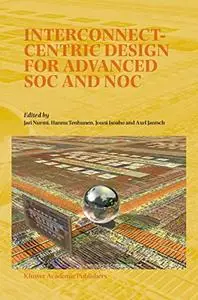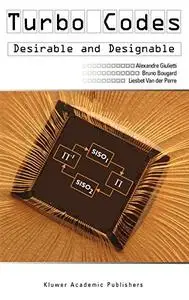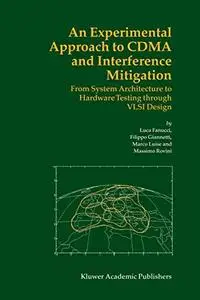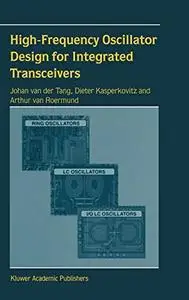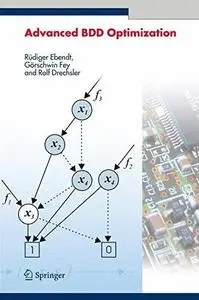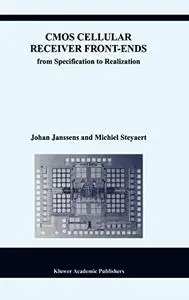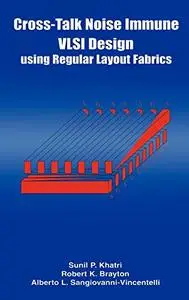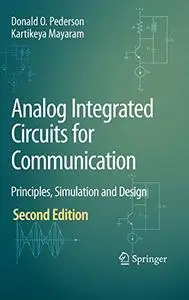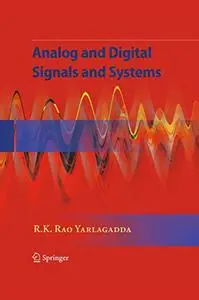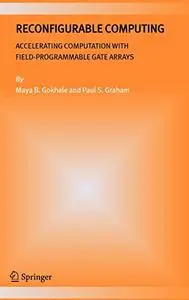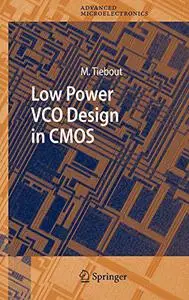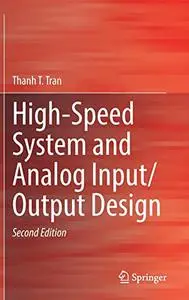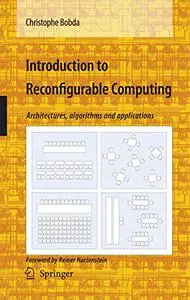Cross-Talk Noise Immune VLSI Design Using Regular Layout Fabrics by Sunil P. Khatri , Robert K. Brayton , Alberto L. Sangiovanni-VincentelliEnglish | PDF | 2001 | 123 Pages | ISBN : 079237407X | 11.4 MB
This book was motivated by the problems being faced with shrinking IC process feature sizes. It is well known that as process feature sizes shrink, a host of electrical problems like cross-talk, electromigration, self-heat, etc. are becoming important. Cross-talk is one of the major problems since it results in unpredictable design behavior. In particular, it can result in significant delay variation or signal integrity problems in a wire, depending on the state of its neighboring wires. Typical approaches to tackle the cross-talk problem attempt to fix the problem once it is created. In our approach, we ensure that cross-talk is eliminated by design. The work described in this book attempts to take an "outside-the-box" view and propose a radically different design style. This design style first imposes a fixed layout pattern (or fabric) on the integrated circuit, and then embeds the circuit being implemented into this fabric. The fabric is chosen carefully in order to eliminate the cross-talk problem being faced in modem IC processes. With our choice of fabric, cross-talk between adjacent wires on an IC is reduced by between one and two orders of magnitude. In this way, the fabric concept eliminates cross-talk up-front, and by design. We propose two separate design flows, each of which uses the fabric concept to implement logic. The first flow uses fabric-compliant standard cells as an im plementation vehicle. We call these cells fabric cells, and they have the same logic functionality as existing standard cells with which they are compared.



